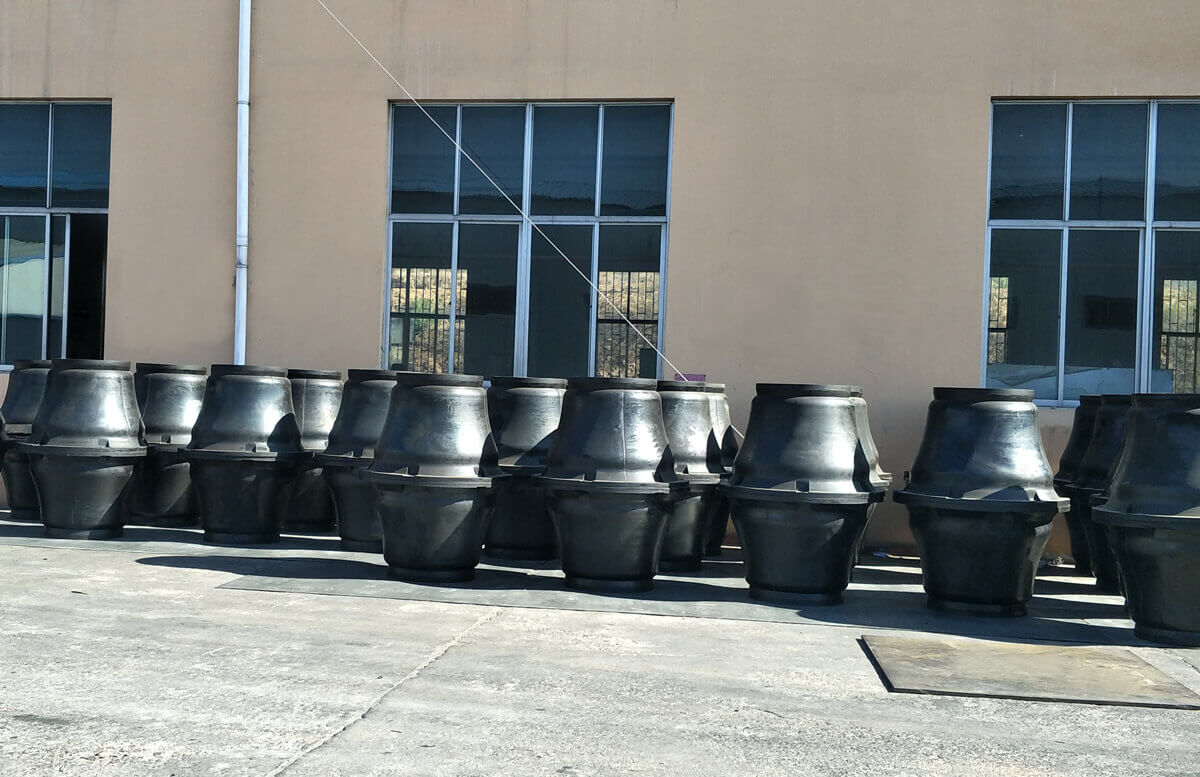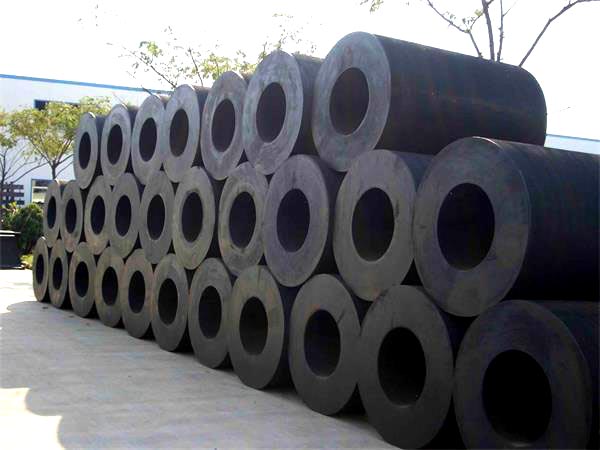Select The Right Marine Rubber Fenders
Rubber fenders are developed in a wide range of variations to serve different applications. Rubber Fenders decrease the input reaction force and provide requisite angular guidance to the hull pressure. These are the fenders which have the highest market demand. These fenders also have a positive impact on rubber industries round the globe. There noticed a great advancement and growth of the rubber industry due to marine application of rubber in last ten years. There are many types of marine rubber fenders, manufactured by different shipping accessory companies, which are detailed as follows:
Super Cone Fenders: These are the latest sort of rubber fenders and generally referred as “Cone Fenders”. The conical body of the cone fenders keeps them stabilised at even higher values of compression angles. They are highly efficient and provide optimum performance. They have better resistance to shear and over-compression. Their geometry plays a significant role in their stability. Today, rubber compounds find their widespread application in marine industry and extensively used for the manufacturing of Cone Fenders.

Cylindrical Fenders:They are the most basic and common fender systems used in today’s times. They can be used for all types of marine marines and ships and they are quite economical too when the aspect of fitting them up is taken into account.

These are easy to install, widely used fenders with simpler design. They can serve to both large as well as small vessels. As per the requirement of cylindrical fenders, these are available in three size categories: Small Cylindrical Fenders, Intermediate Cylindrical Fenders and Large Cylindrical Fenders. These fenders are economical and have thick walls which can efficiently resist wear, abrasion and higher loads.
Pneumatic Fenders: pneumatic fenders are the ideal choice for inter ship dealings and port accessories. Their deployment is quick and robust. At the time of docking the pneumatic fenders minimize the risk of damage and safeguards both people and cargo. These fenders should comply with quality assurance guidelines of ISO issued in 2014. These are of five types namely: chain-tire net (CTN) pneumatic fenders; Sling type fenders; low-pressure pneumatic fenders; hydo-pneumatic fenders and. The CTN pneumatic fender has a network of tyres connected with chains in horizontal as well as vertical directions to protect the fender body. As the chains remains in water all the time so must be made up of corrosion-resistant galvanized materials. These are the simplest and cheaper types of marine rubber fenders which increases the clearance between the structure and the hull to a larger extent. Sling type pneumatic fenders are similar to chain type fenders with the only difference that fenders can be slung with even ropes made up of meshed wire strands than chains. Low pressure pneumatic fenders are the type of pneumatic fenders which deliver minimum pressure to the hull by absorbing kinetic energy to a maximum extent by providing maximum contact surface. Hydro-pneumatic Fenders: These are the pneumatic fenders which are made in compliance to the need of fender.

W Fenders: W fenders are used mainly to aid the larger ships and marines because they offer a high rate of resistance and thus better protection to the water-crafts in case of any accident occurring.

These marine rubber fenders should be capable of serving to all their commitments in all environmental conditions. The marine rubber fenders should be durable and they are designed to serve a longer period of time. So durability and strength are the main factors for selection of any kind of fender.
- Art
- Causes
- Crafts
- Dance
- Drinks
- Film
- Fitness
- Food
- Spiele
- Gardening
- Health
- Startseite
- Literature
- Music
- Networking
- Andere
- Party
- Religion
- Shopping
- Sports
- Theater
- Wellness


